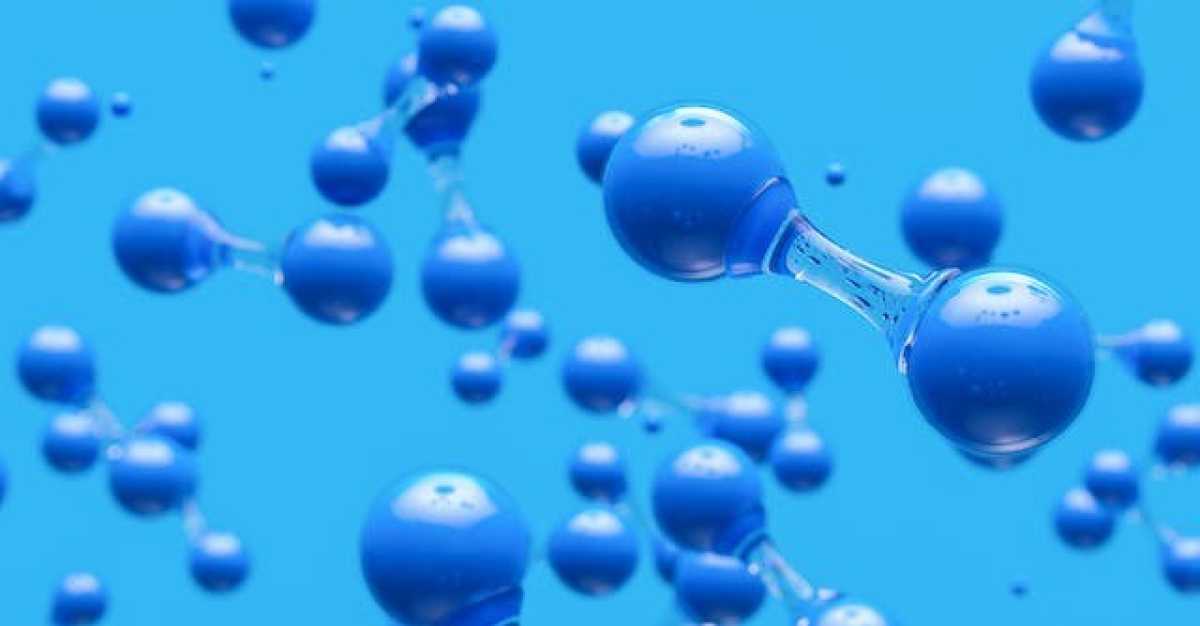What Is Nicotinamide Adenine Dinucleotide, & Why Is It Important?
- - Category: Alternative Medicine
- - 12 Dec, 2023
- - Views: 119
- Save

Nicotinamide Adrenine Dinucleotide (NAD) is making waves in the world of alternative medicine. Read on to learn more!
Nicotinamide Adenine Dinucleotide (NAD+) plays a pivotal role in the complex field of cellular biology, coordinating essential functions that maintain life. This coenzyme, which is present in every living cell, is essential to many biological processes because it mediates redox reactions and energy metabolism. Comprehending the significance of NAD+ reveals the nuances of cellular operation and provides prospective understandings for therapeutic uses.
1. NAD+ in Cellular Energy Metabolism
NAD+ is a crucial component of cellular respiration, which is the process by which nutrients are converted into energy. NAD+ functions as a coenzyme in the citric acid cycle and glycolysis, transporting electrons and promoting the synthesis of adenosine triphosphate (ATP). This energy unit is necessary for cellular functions, highlighting the critical function that NAD+ plays in maintaining life processes.
In addition, NAD+ plays a role in regulatory processes that affect the activity of different enzymes engaged in metabolic pathways, in addition to helping to produce energy. This dual function highlights how diverse NAD+ is in cellular energy metabolism and places it at the center of a complex web of interconnected metabolic pathways.
2. NAD+ as a Regulator of DNA Repair
NAD+ plays a crucial role in preserving genomic integrity in addition to its role in energy metabolism. It functions as a substrate for poly (ADP-ribose) polymerases (PARPs), an enzyme involved in DNA repair. NAD+ plays an important role in preventing mutations and the beginning of illnesses by taking part in these repair pathways and maintaining genomic integrity.
The complex network between NAD+ and DNA repair pathways becomes especially important when there is cellular stress, like when radiation or damaging chemicals are present. As a protector of the cell's genetic blueprint in these situations, NAD+ is essential in coordinating the repair processes.
3. The Connection Between NAD+ and Aging
NAD+ levels in cells tend to decrease with aging, which accelerates the aging process. Decreases in cellular functioning and an increased vulnerability to age-related illnesses are linked to this reduction. In order to counteract the consequences of aging and enhance general well-being, researchers have looked into ways to increase NAD+ levels.
Aging is a multifaceted process that includes a slow reduction in cellular functioning and a heightened susceptibility to many types of stress. An important character in this story is NAD+, whose depletion can have a role in the development of age-related diseases. Knowing this link paves the way for investigating therapies meant to maintain NAD+ levels and can delay the aging process.
4. Unveiling a Potential Therapeutic Avenue
NAD+ drip therapy is becoming more and more popular in the anti-aging and wellness spaces. More efficiently than oral supplementation, intravenous NAD+ administration attempts to restore cellular NAD+ levels. By improving cellular regeneration and repair, this technique is thought to reduce the symptoms of aging and improve general well-being.
Direct infusion of NAD+ into the bloodstream is a step in the drip therapy procedure. The coenzyme is guaranteed to be delivered to body cells quickly and effectively using this technique. IV drips are a viable option for maximizing NAD+ levels and realizing its potential advantages because they avoid the digestive system, which can restrict the absorption of NAD+.
5. Potential Benefits and Considerations
Early results show that drip therapy can have benefits for improving energy, brain function, and overall health. To determine the long-term safety and effectiveness of this therapy strategy, more research is necessary. Thus, it's important to approach these findings objectively.
NAD+ IV drip therapy has potential advantages that go beyond improved energy and mental clarity. Certain research suggests that it might be useful in treating metabolic and neurological diseases, indicating a wider range of therapeutic uses than ever thought possible. However, as with any new treatment, careful consideration is required due to concerns about individual differences in response and possible side effects.
Conclusion
Exploring the world of nicotinamide adenine dinucleotide reveals a fascinating story about the workings of cells. NAD+ is an important component of life, with a crucial role in energy and metabolism, not to mentioned uses in anti-aging treatments. The investigation of NAD+ and its uses holds promise for new developments in the quest for longevity and health as research works to solve the puzzles surrounding cellular function. Exploring the depths of NAD+ biology excites us about potential therapeutics that could influence the course of medicine in the future while also improving our understanding of cellular functions.



